Homeowner Newsletter: Winter 2016-2017
©2016 Jeffrey C. May
As a New Year’s Resolution, you may be considering updating your home. I want to give you some advice to help you avoid indoor air quality (IAQ) problems that can be caused by such work.
I’ve been an indoor air quality (IAQ) investigator for over 20 years. Before that, I was an organic chemist and teacher, and then a contractor and building inspector: paths that may seem incongruous, but the knowledge I gained from these prior experiences now assists me in my IAQ consulting work.
Many paints and adhesives emit solvents that some people find irritating. Whenever a space is being painted, the area should be isolated from other parts of the house. After the work is done, if the odor of the paints and adhesives bothers you, keep the door(s) closed to that area, and operate fans (one on exhaust and one on supply) in open windows in the room/area. In addition, point oscillating fans on surfaces that were painted to mix the air and speed off-gassing.
It’s getting colder now so it’s not very tempting to leave windows open. If the odor of paint really bothers you, consider postponing the work until the spring. You can also research different types of paints to see if some bother you more than others. AFM and ECOS, for example, offer no- or low-VOC paints. Buy a very small amount of paint that you like, apply it to a small piece of scrap wood, and see if the odor of the paint still bothers you once the paint is dry.
Even joint compound can be problematic. A couple hired me because they had built their dream retirement home, but the wife experienced so many headaches in the house that she had moved out and was living in an apartment, leaving her husband and their daughter behind.
When I entered the home, I detected some chemical smells –one from the attached garage, where some tires were being stored. The habitable rooms, however, had a different odor – strongest every 16 inches in vertical bands along the walls and at both exterior and interior drywall corners. It turned out that fungicide had been added to the joint compound, and the fungicide was diffusing through the paint layer. The woman was obviously sensitive to the chemical.
What was the solution? Well, if she wanted to move back into the house, she had two options – neither of which was simple. She could have all the drywall covered with Denny Foil (paper with foil on both sides), which would prevent off-gassing, and then have new drywall installed on top of the Denny Foil. Alternatively, she could have all the affected drywall removed.
If you want to install new carpeting, remember that some new carpeting can release solvents and other chemicals, including 4-phenylcylohexene (4-PC), which can cause neurological symptoms in some people.
If you are committed to having new carpeting or rugs in your home, be sure to do a “sniff test” on carpeting or a rug that you like first before purchasing the product. Then make sure that it is the very piece of carpeting or the exact rug that you chose that is delivered to you.
Some rugs made in China have an attached, thin, non-skid rubber backing which off-gasses and can make a space smell like a room full of tires.
It’s extremely difficult if not impossible to remove all dust from carpeting, because carpets and rugs have about 70 times more surface area than solid flooring. The dust that collects can be allergenic or fodder for mold growth. That’s why from an air-quality perspective, I always recommend hard flooring (ceramic or vinyl tile, hardwood, or laminate flooring) rather than carpeting.
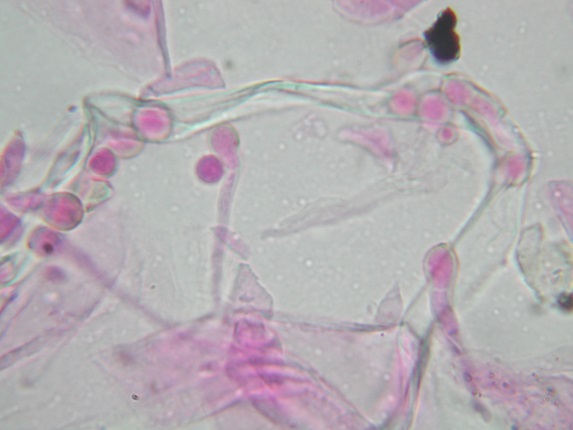
If you have hardwood floors in your home and have decided to have them refinished, it’s extremely important to isolate the workspace so sawdust doesn’t spread onto surfaces in other rooms in your home. If you have a hot-air heating and/or a ducted cooling system, cover all supplies and returns with impervious materials; otherwise, ducts can get coated with sawdust, which can lead to mold growth (sawdust is yummy food for microbial growth such as mold).
I worked with one couple who were considering buying a newly constructed, high-end single family home. The house was nearly ready for their occupancy; just a few final cosmetic touches had to be completed. Whenever they went into the house to meet with the developer, however, they discovered thin layers of dust on all the floors and other horizontal surfaces.
They asked the contractor to clean the surfaces, but the dust kept returning. The HVAC (heating, ventilation and air conditioning) system had been run during construction, and the ducts as well as air handlers were full of sawdust and drywall dust. The couple ended up walking away from this property, because the developer refused to do the kind of cleaning and replacements that were necessary to get rid of the problem, and the wife was allergic to the dust.
Even baseboard heating convectors and radiators can get coated with construction dust, so cover these if they are present in the room that is being renovated. Then, as a precaution, clean them afterwards.
To clean baseboard convectors, remove the covers and clean the top and bottom cover surfaces. HEPA vacuum (using a vacuum with high efficiency particulate arrestance filtration – as well as a bag, please!) the tops, bottoms and sides of the heating fins. Then treat them with steam vapor from a steam-vapor machine (not the same thing as steam cleaning).
Once the convectors have been cleaned in this way, you need only wipe the covers before the start of every heating season (unless more renovation work occurs in that space).
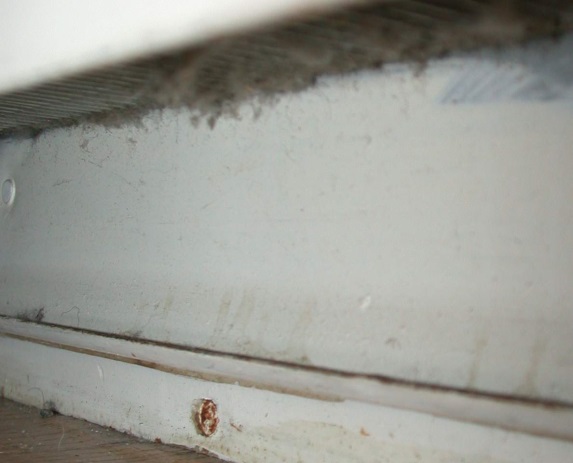
To clean radiators, HEPA vacuum surfaces. You can use a 36” vacuum crevice tool (available online) to get to hard to reach spots. Any radiator cover should also be cleaned – top and bottom surfaces. Radiators should be cleaned before the heat is turned on annually.
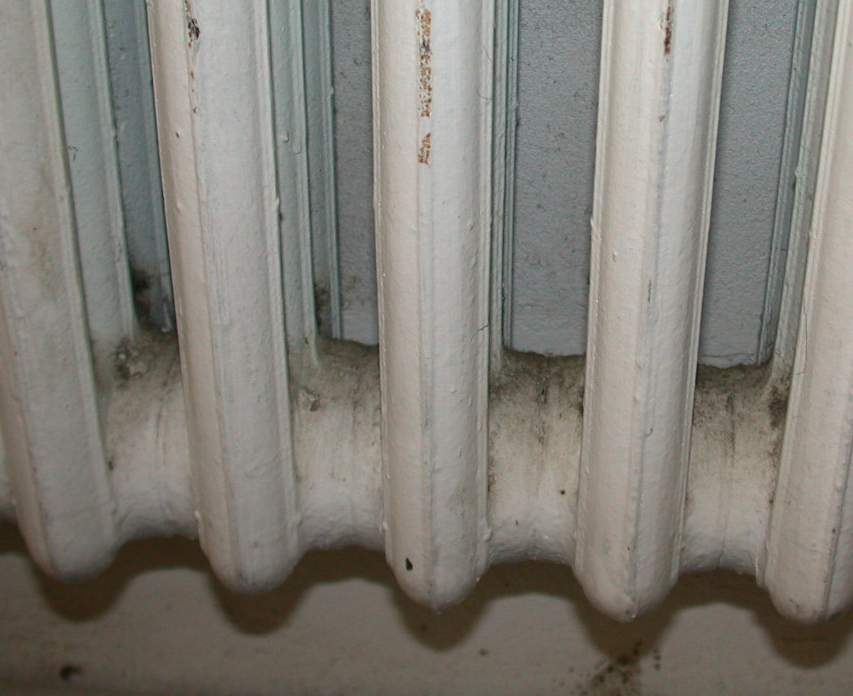
If you are renovating your kitchen and the room has a kick-space heater, cover that as best you can, and clean it afterwards to remove dust. If the heater is electric, turn it off.
Kitchens and bathrooms seem to be areas that many people want to update. Be careful about installing cabinetry that is made of particle board, which off-gasses formaldehyde (potentially irritating). Spend a little extra and get solid-wood cabinetry.
Now that the weather is getting colder, you may be thinking about improving the insulation in your house. If you are interested in installing spray polyurethane foam (SPF) insulation in your attic or basement, it is extremely important that you hire a company that has been installing such foam insulation for at least ten years.
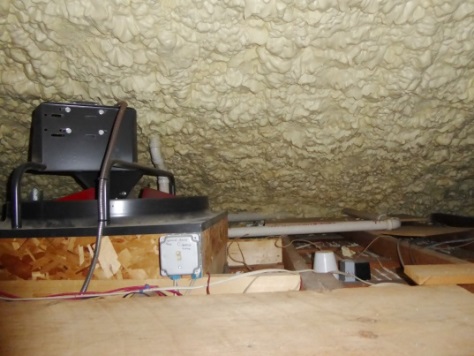
When the foam is installed under incorrect conditions, or the ingredients of the foam are not mixed properly, unpleasant odors can develop. Some of these odors are very pungent, ammonia-like or fishy. Covering the foam with aluminum foil can block the off-gassing of the odor.

Some of my clients have had to have the insulation removed from their homes, however, and in a few instances, the consequences were even more dramatic.
One family were so sickened by the foam’s noxious odor that they abandoned their new home, leaving behind clothing, furniture, and even food in the refrigerator.
For some reason this time of year, perhaps because in the winter we tend to spend more time indoors, houses what seemed large enough in warmer weather begin to feel cramped. Many people who want more space add finished rooms (an office, family room, exercise space, or even a guest bedroom) in their basements.
I want to discourage you from taking this step. Basements are naturally cool and damp, and thus prone to developing mold problems.
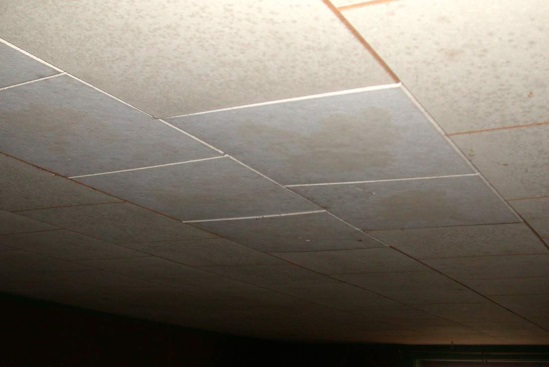
To protect your health and the health of other people who live with you, if your home is too small, don’t leap to a decision to build rooms in your basement without doing your research. Better still, rather than finish your basement, consider adding an above-ground addition, or finding a larger home.
I could write multiple newsletters about the negative effects that finished basements can have on indoor air quality – not only because of construction methods, but also because of inadequate maintenance practices. In fact, I’ve co-authored a book on mold problems, and in this book, whole sections are devoted to basements.
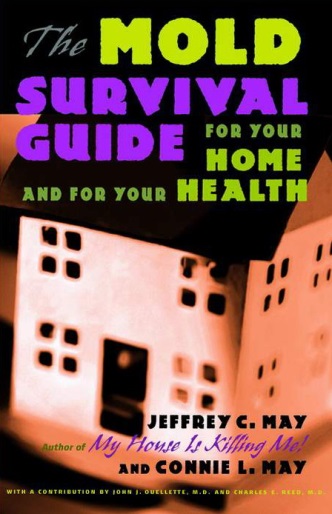
Even if you don’t have finished basement space, if your house is built over an unfinished basement and/or crawl space, and there is mold growth in those spaces, you will be exposed to the spores. That’s because air in a house flows from bottom to top and out, especially in the winter when the house is being heated. The heated air rises and exits through gaps and other openings at the top level of your house. Air from the basement takes its place, creating a convective air-movement pattern.
To summarize in broad strokes, if you are considering having some updating work done in your home this winter:
- Choose the products you intend to use very carefully.
- Isolate the workspace to prevent the spread of irritating odors and dust to other parts of the house.
- Don’t operate a ducted heating system; if necessary use supplementary heat (such as an oil-filled electric radiator).
- Cover components of the heating system (supplies and returns, baseboard convectors, or radiators) to help keep them clean while dusty work is ongoing. (Even if your supplies and returns only supply cooling and not heat, cover them anyway.)
- If you have wall or window air conditioning units, seal them from the work area.
- Use lots of air to speed up off-gassing of solvents.
- Clean surfaces in the room as well as in adjacent rooms as thoroughly as you can after the work is completed.
- If you are considering installing SPF insulation, hire a company that has been doing this kind of work for at least ten years.
Happy New Year to All
